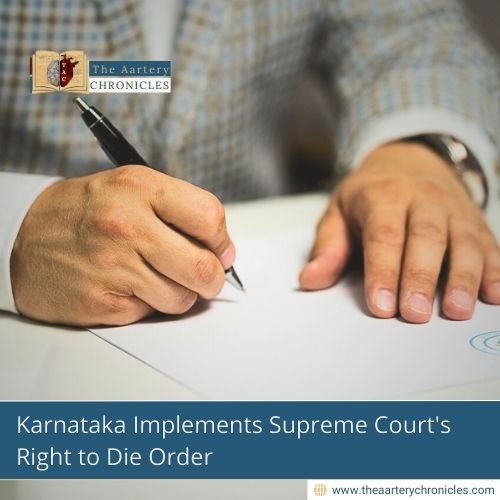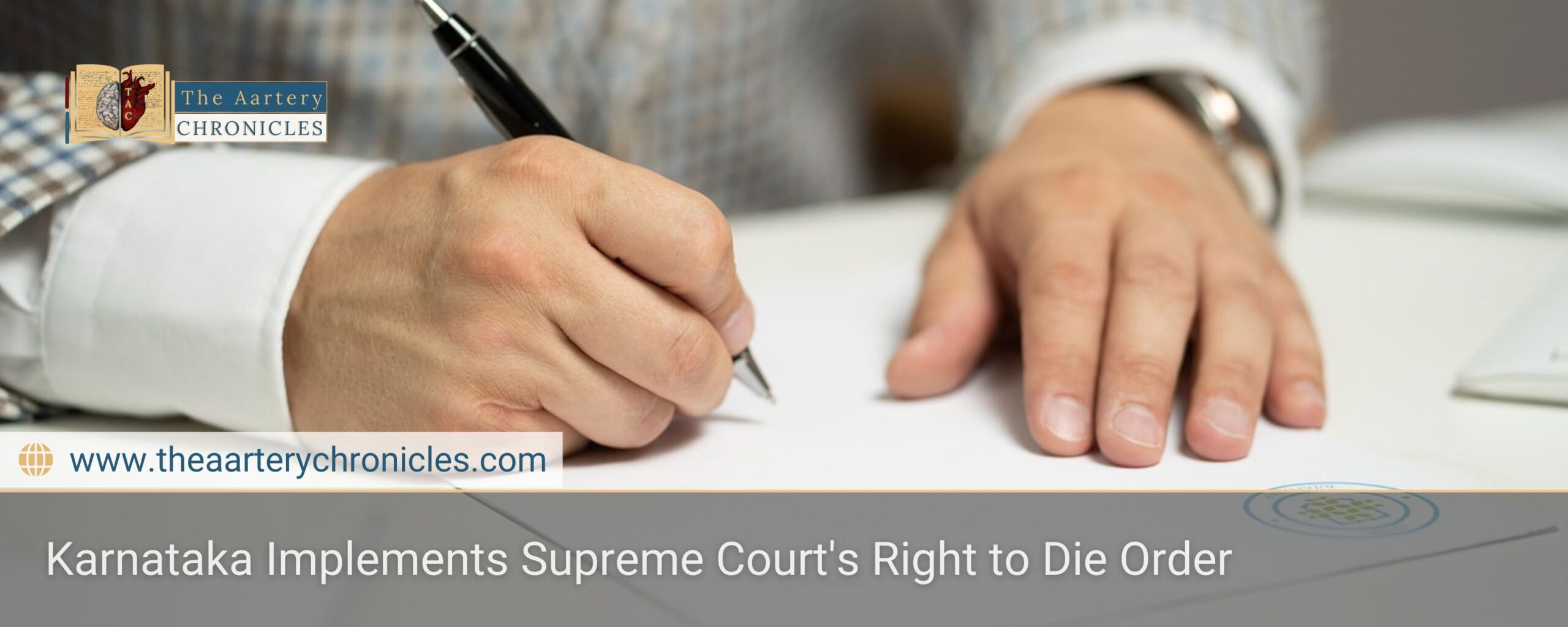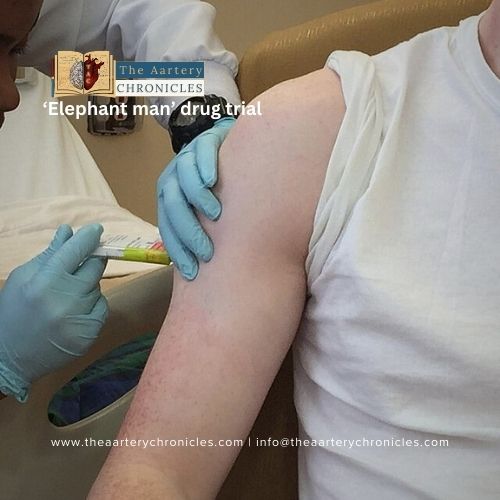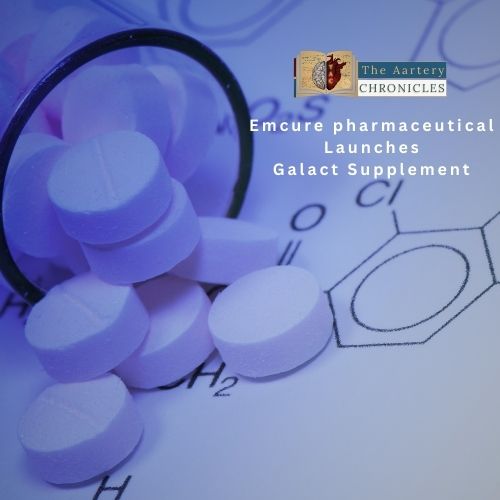

Karnataka Implements Supreme Court's Right to Die Order
The Karnataka government has officially implemented the Supreme Court‘s directive on the Right to Die with dignity. This significant decision outlines a process for withdrawing life-sustaining treatment in cases where patients have no chance of recovery.
Who Will Benefit from This Decision?
The ruling applies to individuals receiving long-term medical treatment but has no chance of recovery. In such cases, continuing life support may cause more harm than good.
Additionally, the government has introduced an Advance Medical Directive (AMD), commonly known as a living will. This allows patients to document their medical preferences for future treatment decisions.
Role of Medical Professionals
Under the new guidelines, doctors already authorized to certify brain-stem death under the Transplantation of Human Organs and Tissues Act, 1994, are also eligible to serve on the Secondary Medical Board. District Health Officers (DHOs) across Karnataka will recognize these medical experts for this role.
Health Minister Dinesh Gundu Rao stated that this order will bring relief to terminally ill patients and their families by ensuring that unnecessary treatment is not prolonged. He emphasized that this decision will provide families with a sense of closure and uphold the dignity of the patient.
Step-by-Step Process for Withholding Life Support
To ensure a transparent and ethical process, the government has outlined a structured procedure:
- Approval from the Treating Doctor – The attending doctor must first confirm that withdrawing life support is the appropriate course of action.
- Formation of Medical Boards – The hospital must form two committees: a Primary Medical Board and a Secondary Medical Board. Each board will have three qualified medical practitioners.
- Involvement of the District Health Officer (DHO) – A doctor nominated by the DHO must be part of the Secondary Medical Board.
- Consultation with the Patient’s Family or Legal Representative – The boards will take the patient’s Advance Medical Directive (AMD) or the family’s opinion into consideration.
- Judicial Approval – Before any action is taken, both medical boards must submit their decision to the Judicial Magistrate of the First Class (JMFC). The JMFC will review the case and send official records to the High Court Registrar.
Understanding the Advance Medical Directive (Living Will)
An Advance Medical Directive (AMD), commonly known as a living will, allows patients to state their medical treatment preferences for the future. This document ensures that if a patient becomes incapable of making decisions, their wishes are still honoured.
Key Features of an AMD:
- Any mentally sound adult can create an AMD.
- The patient can appoint two trusted individuals to make medical decisions on their behalf.
- The document must be submitted to a government-appointed officer.
- It can be added to the patient’s medical records, ensuring accessibility to healthcare providers.
Conclusion
Karnataka is taking a progressive step in ensuring that terminally ill patients receive treatment aligned with their wishes. This policy not only provides clarity to families but also upholds the patient’s right to dignity in their final moments.
Source: Inputs from various media Sources

Priya Bairagi
Reviewed by Dr Aarti Nehra (MBBS, MMST)
I’m a pharmacist with a strong background in health sciences. I hold a BSc from Delhi University and a pharmacy degree from PDM University. I write articles and daily health news while interviewing doctors to bring you the latest insights. In my free time, you’ll find me at the gym or lost in a sci-fi novel.








